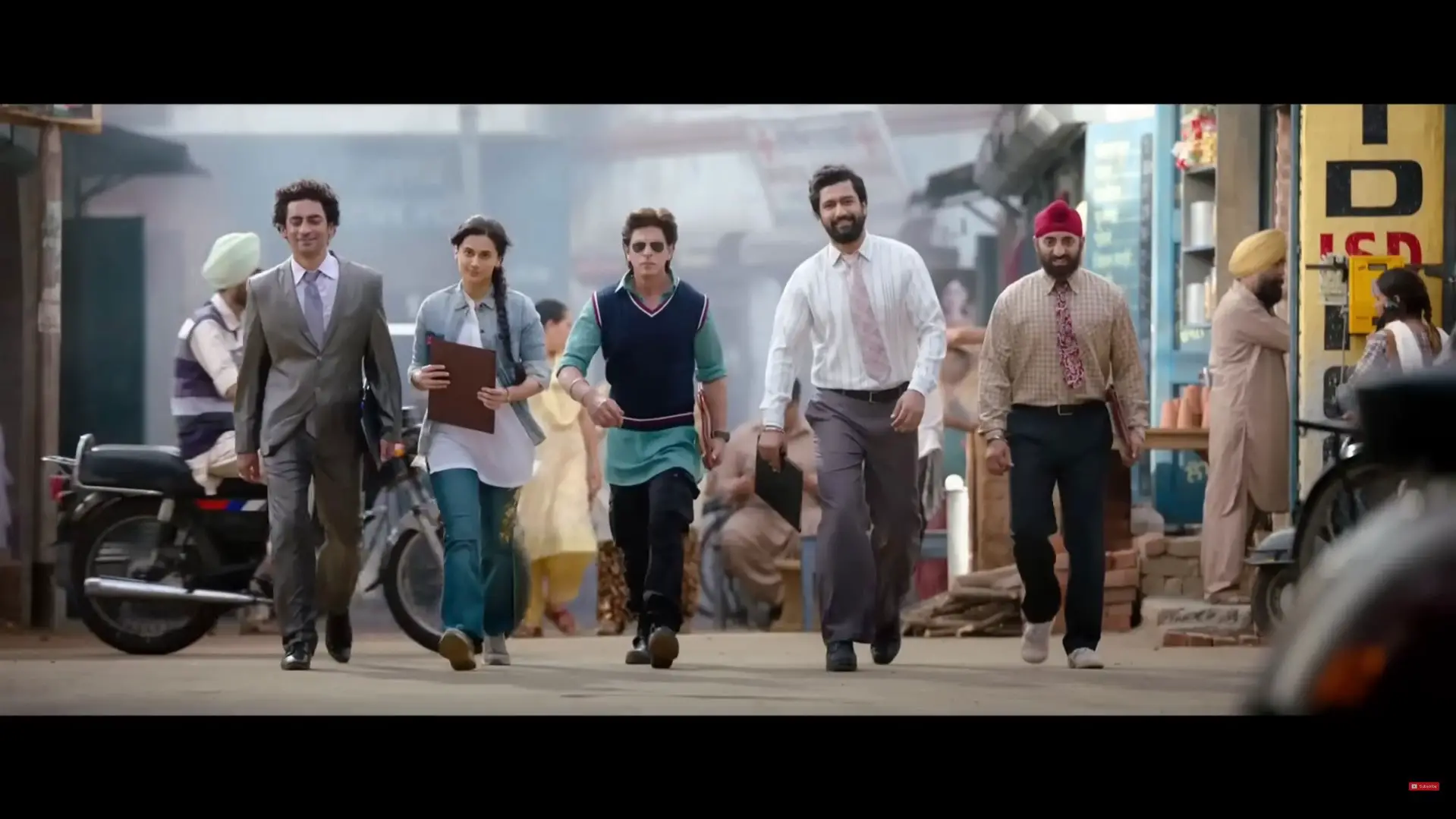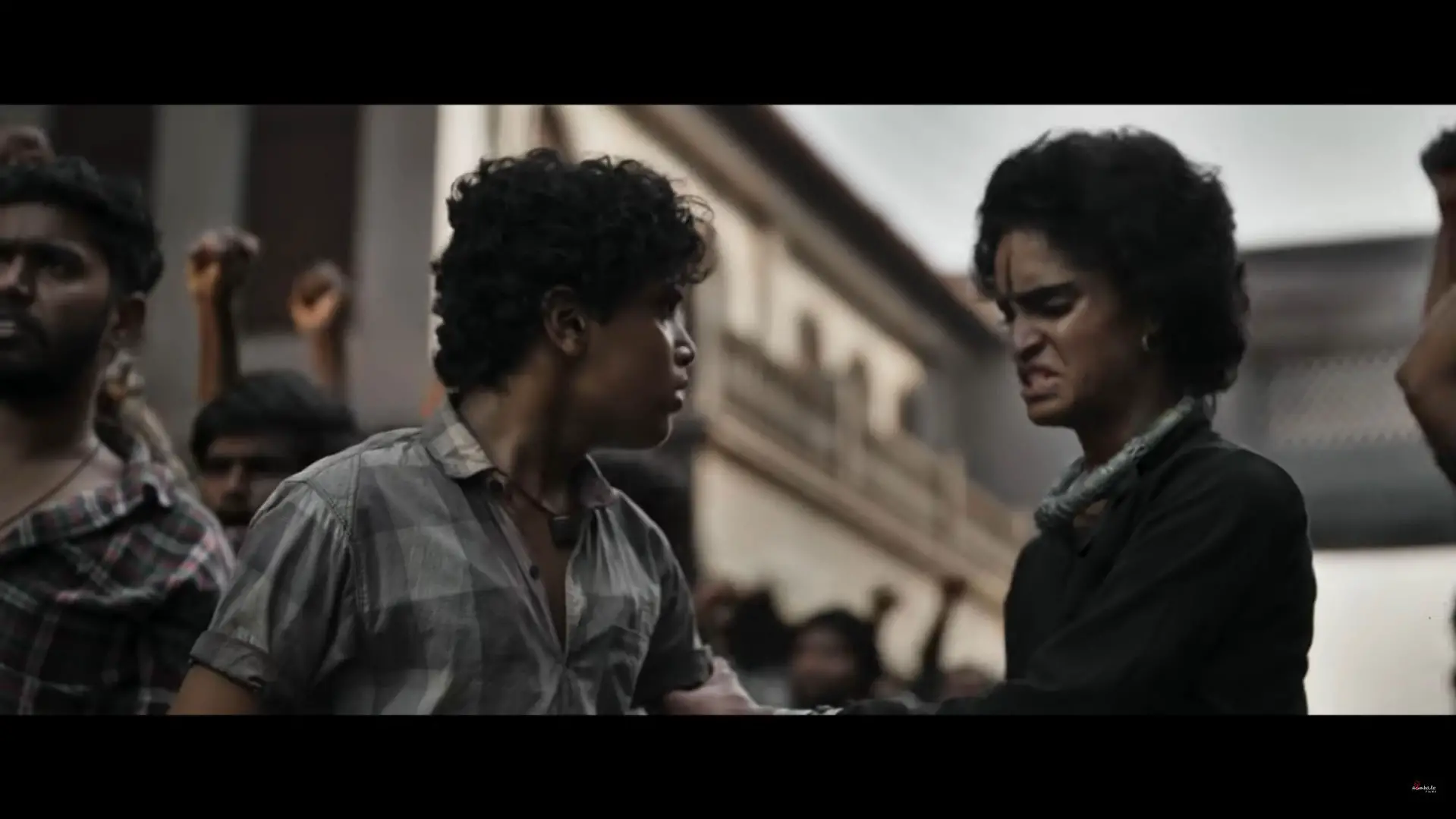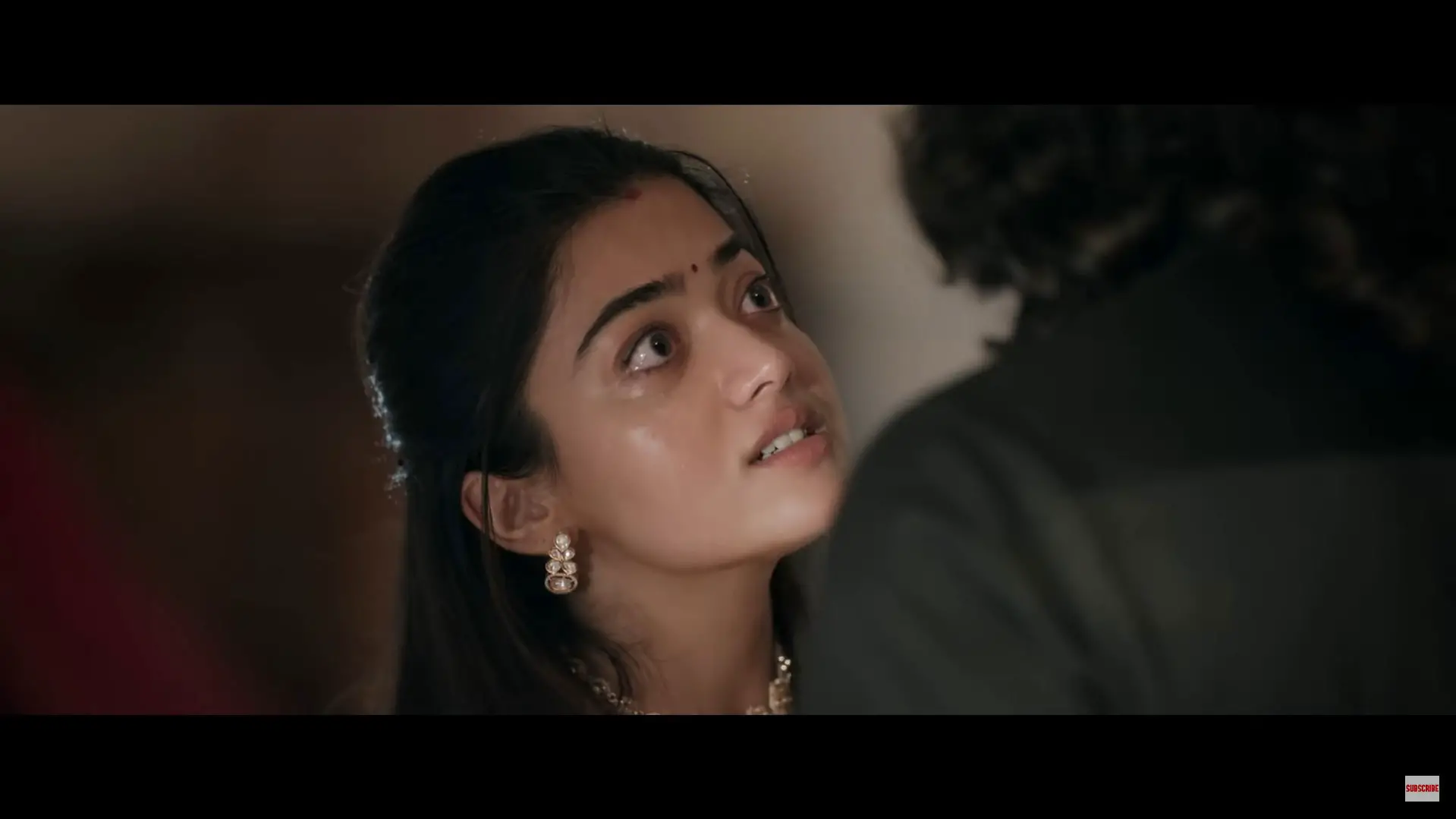
Indian Movies
Indian movies form one of the world’s largest and most diverse film industries, encompassing a wide range of languages, genres, and storytelling traditions. While “Bollywood” (Hindi-language cinema based in Mumbai) is the most globally recognized segment, Indian cinema includes vibrant regional industries such as Tollywood (Telugu), Kollywood (Tamil), Mollywood (Malayalam), and more—each with its own unique style and audience.
A defining feature of many Indian films is their rich blend of drama, music, romance, action, and emotion. Song-and-dance sequences are iconic and often central to the narrative, used not just for entertainment but also to express emotions, cultural traditions, or plot development. Movies like Dilwale Dulhania Le Jayenge, Kabhi Khushi Kabhie Gham, and Lagaan became classics by combining heart, spectacle, and music.
In recent years, Indian cinema has expanded its global reach, with films like RRR, Baahubali, and Pathaan gaining international popularity for their epic storytelling and high production values. These big-budget blockbusters often feature larger-than-life heroes, stylized action, and themes of loyalty, justice, and cultural pride.
Indian movies also excel in intimate, socially conscious storytelling. Films like Piku, Lunchbox, and Article 15 explore family dynamics, social justice, and everyday life with emotional depth and realism. The parallel cinema movement—featuring directors like Satyajit Ray and Shyam Benegal—brought international acclaim for its art-house sensibilities and focus on rural and societal issues.
Indian cinema is not a single style but a cultural mosaic. It reflects India’s linguistic, regional, and religious diversity, and offers everything from mythological epics and romantic musicals to gritty thrillers and experimental films. Whether you’re looking for a three-hour emotional rollercoaster or a quiet slice-of-life drama, Indian movies deliver powerful storytelling with heart, soul, and cinematic flair.


Salaar

Tiger 3

Animal

Jawan

Pathaan

Brahmastra: Part One – Shiva

K.G.F: Chapter 2

RRR



